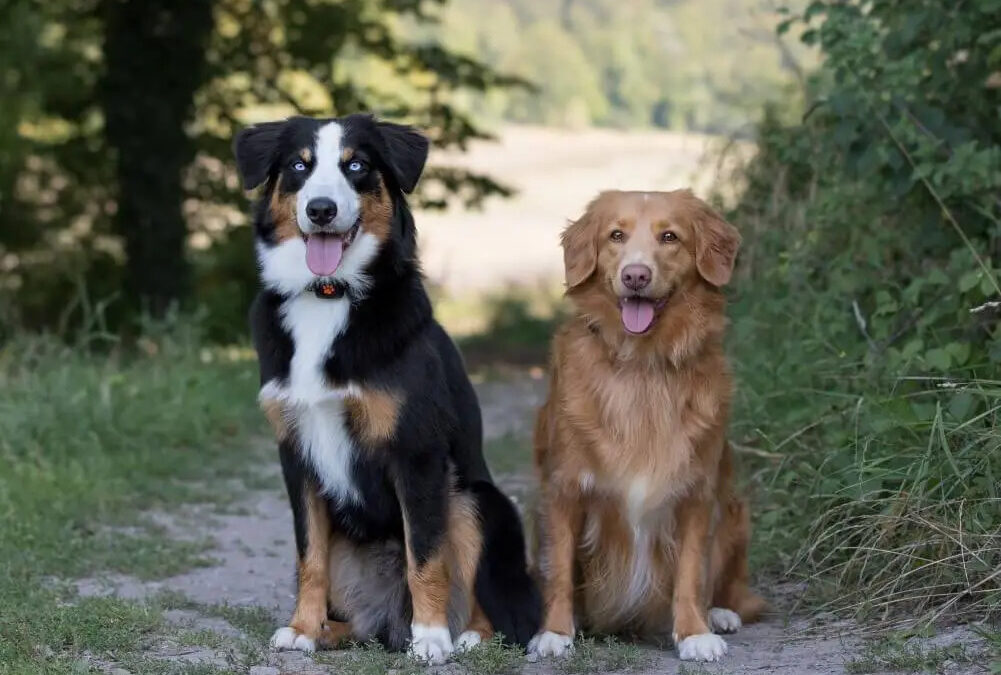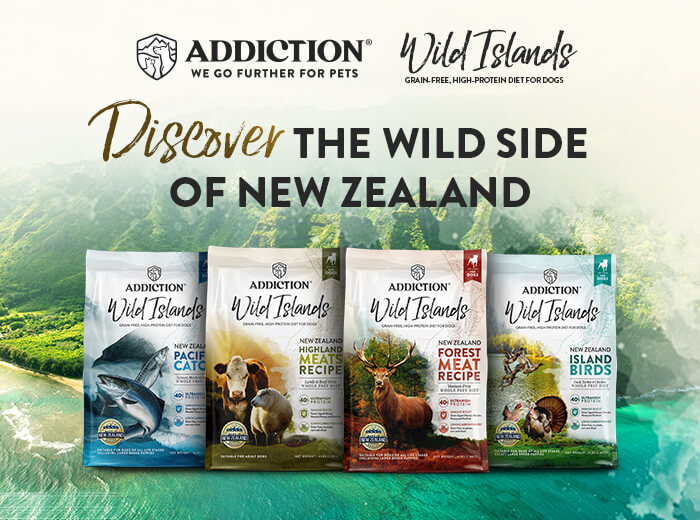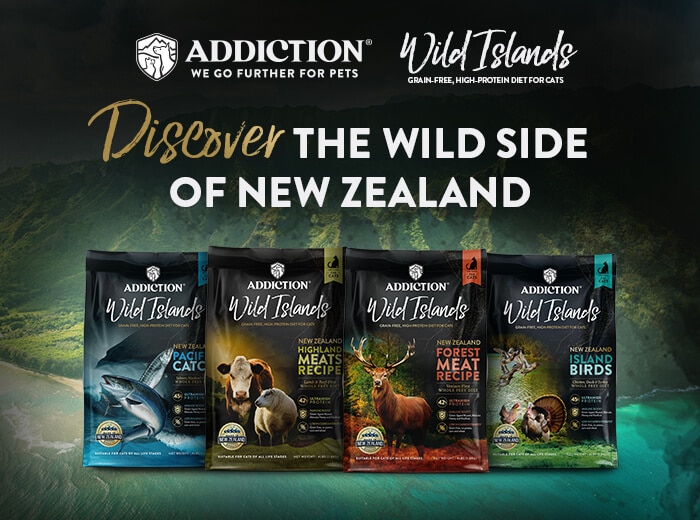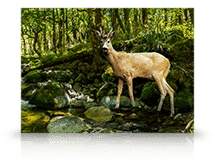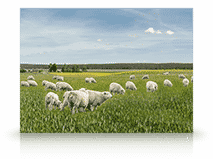A grain-free trend in pet food emerged as scientists began studying the diets of dogs and cats in the wild and the diets of their ancestors, and found that their bodies have a limited ability to extract nutrients from non-meat sources.
Although many animals do well on grain-free diets, some animals do well on diets that do include grains. Veterinarians sometimes recommend grain-free diets for animals who have grain sensitivities because removing grains from their diet often improves skin problems, allergies, digestive problems, and frequently impacted anal glands.
Grains are not necessarily bad ingredients in pet foods. The key is choosing the grains that have the most nutritional value to dogs and cats, cooking grains properly, and using grains in proper proportions to meat.

What are grains?
Grains are seeds from grasses. Grains contain fiber, vitamins and minerals, high amounts of carbohydrates, small amounts of protein, and a handful of other useful nutrients.
Most raw grains are poorly digested by dogs and cats. However, after they are ground and adequately cooked they’re more digestible and their nutrients are more easily absorbed. The grains that are best for our companion animals are whole or whole ground rice, oats, barley, and millet.
Why are grains used in pet food?
High quality pet food companies include grain ingredients for nutritional benefits and because grains are ideal for binding ingredients together to form kibble, pate, and other food consistencies. It’s like using bread crumbs in meatloaf to hold the ingredients in a loaf shape.
Some pet food companies also use grain ingredients as a protein source because veterinarians sometimes recommend that certain individual animals have reduced animal-derived proteins in their diets.
Also, dogs and cats do require some carbohydrates and non-meat nutrients. Dogs can only use a limited amount of protein per day, so when their bodies require a high amount of calories per day, they can get quick, usable energy from carbohydrates.
However, because grain ingredients are much cheaper than meat ingredients, many lower quality pet food companies use grains simply as a filler. Fillers help animals feel full but contain little (or no) nutritional value. The grains most commonly used as fillers are wheat and corn.
Why do grain-free foods still contain non-meat sources?
In addition to providing useful carbohydrates, one of the main reasons that pet foods include non-meat sources is to bind ingredients together. The non-grain ingredients most often used for this purpose are tapioca, potatoes, peas, and carrots.
Are grain-free pet foods really better than foods that include grains?
Obviously animals with allergies or sensitivities to grains should be on grain-free diets.
As pets age, their digestive systems have a harder time processing carbohydrate ingredients. Dogs and cats can develop food sensitivities to grains, usually due to grain glutens, when their diets include a disproportionate amount of grain ingredients. These animals are healthier when their food contains only hypoallergenic ingredients and non-grain carbohydrate sources, such as potatoes and tapioca.
Diets that are grain-free tend to be higher in protein than other diets, so when veterinarians recommend high-protein diets, grain-free foods are a good option. However, grain-free diets are not the same as low-carbohydrate diets.
Going grain-free isn’t always the best option for an animal. For example, senior pets and those with certain health problems may need diets that are lower in protein or higher in fiber.
To find out the ideal diet for an individual animal, consider working with a veterinary nutritionist who has received special training in the nutritional management of both healthy animals and those with diseases. There are many professional organizations that can help you find a veterinary nutrition specialist in your area, such as the American Academy of Veterinary Nutrition (http://aavn.org).
Why does Addiction make grain-free pet foods?
At Addiction foods, we believe in providing a well-balanced diet for dogs and cats. Our grain-free foods include carbohydrates from easily digestible sources, such as potatoes and tapioca. We make a variety of grain-free foods, including:
• Our entire range of Wildlife Gourmet canned foods for dogs and cats
• Our entire range of New Zealand canned foods for dogs and cats
• Viva La Venison dry kibble for puppies, dogs, and cats
• Salmon Bleu dry kibble for puppies, dogs, and cats
• Herbed Lamb & Potatoes raw dehydrated food
• Perfect Summer Brushtail raw dehydrated food
• Outback Kangaroo Feast raw dehydrated food
• Country Chicken & Apricot Dinner raw dehydrated food
• Steakhouse Beef & Zucchini Entrée raw dehydrated food
and many more – a complete list is available on our website: http://usa.addictionfoods.com/index.php?option=com_jefaq&view=faq&Itemid=111
For animals who need grains as part of their diet, we make products that contain high quality grains that are easy to digest, like brown rice and whole oats.
For years, our founder – a leading holistic veterinarian and clinical nutritionist with decades of experience – kept seeing his patients suffer from health problems associated with eating lower quality diets: foods that have unhealthy combinations of grains, , fats, and additives.
He founded Addiction in order to develop a range of foods inspired by cats’ and dogs’ natural diets, and to formulate recipes around high quality proteins and ingredients that are rich in hypoallergenic, easy-to-digest nutrients. Addiction’s entire range of pet foods contains no fillers.
Our foods provide diets that are close to what nature intended, allowing your pet to achieve the highest levels of optimal health possible.
For more information / Sources
• “Grain-Free Dog Food”. VetInfo.com. May 21 2012. http://www.vetinfo.com/grain-free-dog-food.html
• Greeley, Alexandra. “What Are Grains?” Netplaces. May 27 2012.
• Kerns, Nancy. “Going Against the Grain. Whole Dog Journal. March 1 2008. May 30 2012. http://www.whole-dog-journal.com.
• Messonnier, Shawn. Natural Health Bible for Dogs & Cats. New York: Three Rivers Press, 2001.
• Murray S.M., G.C. Fahey, R.N. Merchen, G.D. Sunvold, and G.A. Reinhart. “Evaluation of Selected High-Starch Flours as Ingredients in Canine Diets”. Journal of Animal Science. August 1999. May 12 2012.
• “Pet Food Ingredients To Avoid”. VetInfo.com. May 21 2012. http://www.vetinfo.com/pet-food-ingredients-to-avoid.html
• Pitcairn, Richard. “Feeding grains to dogs and cats”. June 7 2010. May 28 2012.
• Wynn, Susan G. “Cat Feeding FAQ”. Veterinary Information Network. October 30 2008. May 25 2012. http://www.veterinarypartner.com/Content.plx?P=A&S=0&C=0&A=2860


